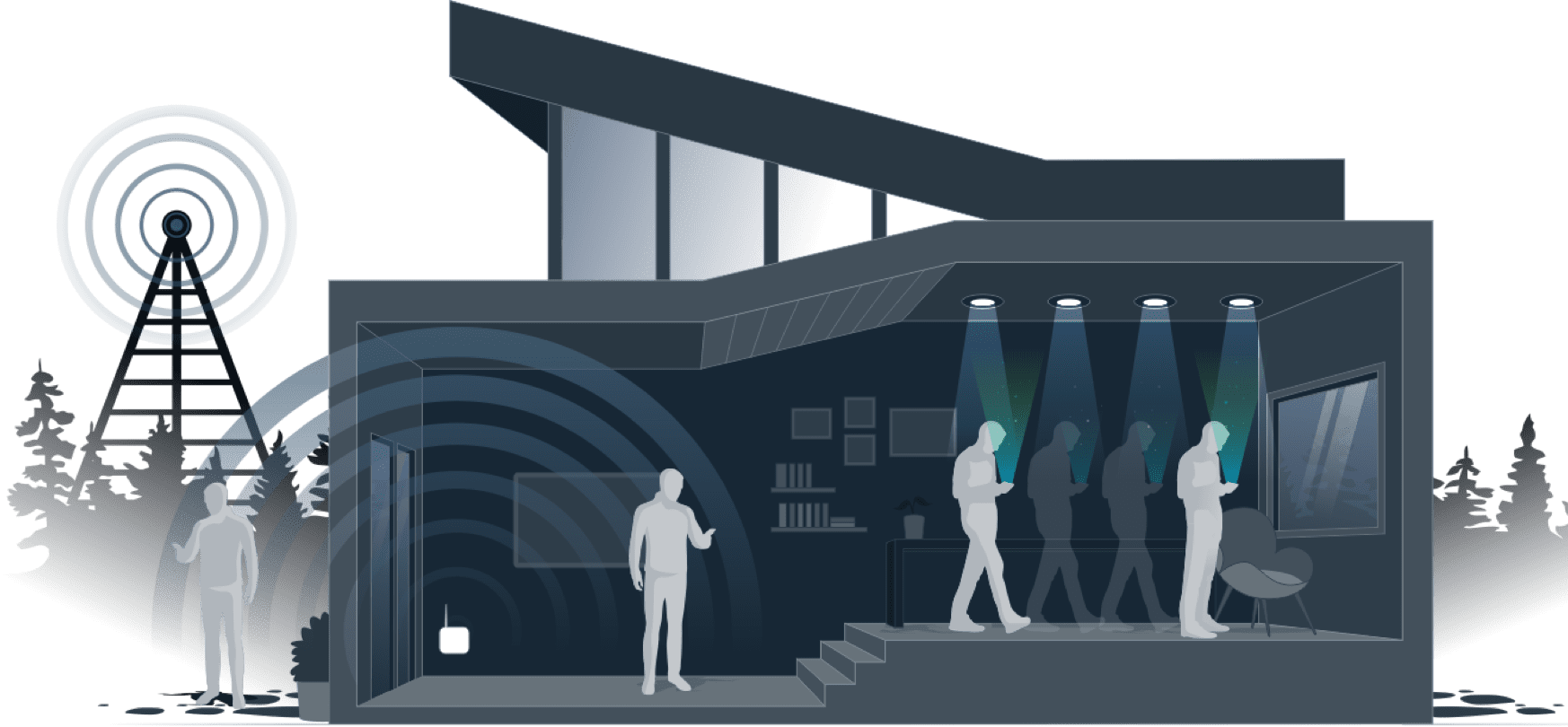Most households will have a broadband connection and a lot of those houses will also have experienced connection or speed issues.
But what if there was a way to connect to the internet and benefit from a direct connection with much faster speeds? Enter Li-Fi.
Li-Fi stands for Light Fidelity and is a Visible Light Communications (VLC) system which runs wireless communications that travel at very high speeds.
With Li-Fi, your light blub is essentially your router. It uses common household LED light bulbs to enable data transfer, boasting speeds of up to 224 gigabits per second.
The term Li-Fi was coined by University of Edinburgh Professor Harald Haas during a TED Talk in 2011. Haas envisioned light bulbs that could act as wireless routers.
Subsequently, in 2012 after four years of research, Haas set up company pureLiFi with the aim 'to be the world leader in Visible Light Communications technology'.
How does Li-Fi work?
Li-Fi and Wi-Fi are quite similar as both transmit data electromagnetically. However, Wi-Fi uses radio waves, while Li-Fi runs on visible light waves.
As we now know, Li-Fi is a Visible Light Communications (VLC) system. This means that it accommodates a photo-detector to receive light signals and a signal processing element to convert the data into 'streamable' content.
An LED light bulb is a semiconductor light source meaning that the constant current of electricity supplied to an LED light bulb can be dipped and dimmed, up and down at extremely high speeds, without being visible to the human eye.
For example, data is fed into an LED light bulb (with signal processing technology), it then sends data (embedded in its beam) at rapid speeds to the photo-detector (photodiode).
The tiny changes in the rapid dimming of LED bulbs is then converted by the 'receiver' into electrical signal.
Li-Fi vs Wi-Fi
While some may think that Li-Fi with its 224 gigabits per second leaves Wi-Fi in the dust, Li-Fi's exclusive use of visible light could halt a mass uptake.
Li-Fi signals cannot pass through walls, so in order to enjoy full connectivity, capable LED bulbs will need to be placed throughout the home. Not to mention, Li-Fi requires the light bulb is on at all times to provide connectivity, meaning that the lights will need to be on during the day.
Additionally, where there is a lack of light bulbs, there is a lack of Li-Fi internet so Li-Fi does take a hit when it comes to public Wi-Fi networks.
However, using Li-Fi instead of Wi-Fi, you'll negate lots of security problems associated with shared and often overloaded broadband networks.
It will also be advantageous in areas where radio frequency waves do not reach.
It was announced in 2016 that an extension of standard Wi-Fi was to be launched called Wi-Fi HaLow.
This new project claims to double the range of connectivity while using less power. Due to this, Wi-Fi HaLow is reportedly perfect for battery-powered devices such as smartwatches and smartphones, and also lends itself to internet of things devices such as sensors and smart applications.
Due to its impressive speeds, Li-Fi could make a huge impact on the internet of things too, with data transferred at much higher levels with even more devices able to connect to one another.


Comments
Post a Comment